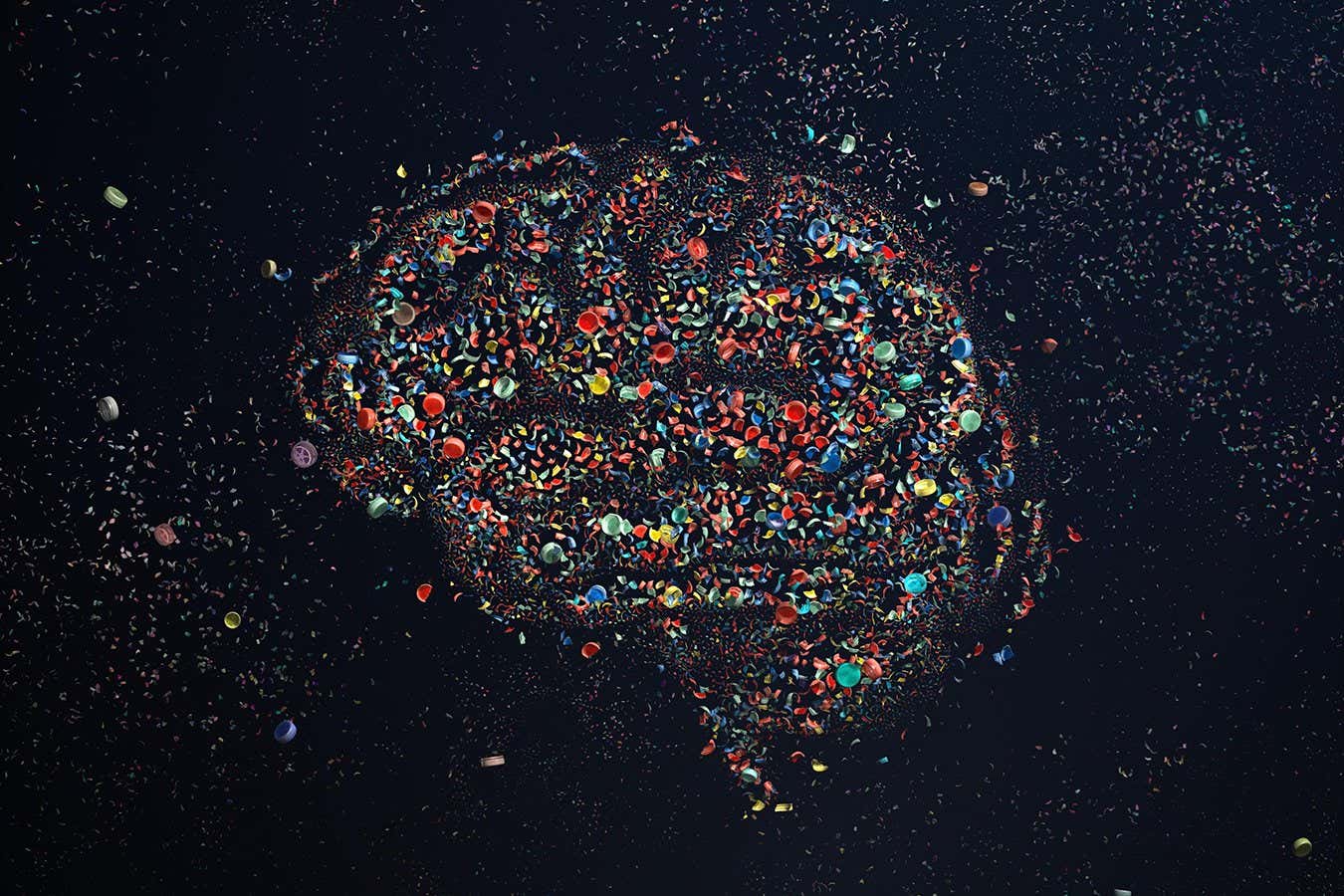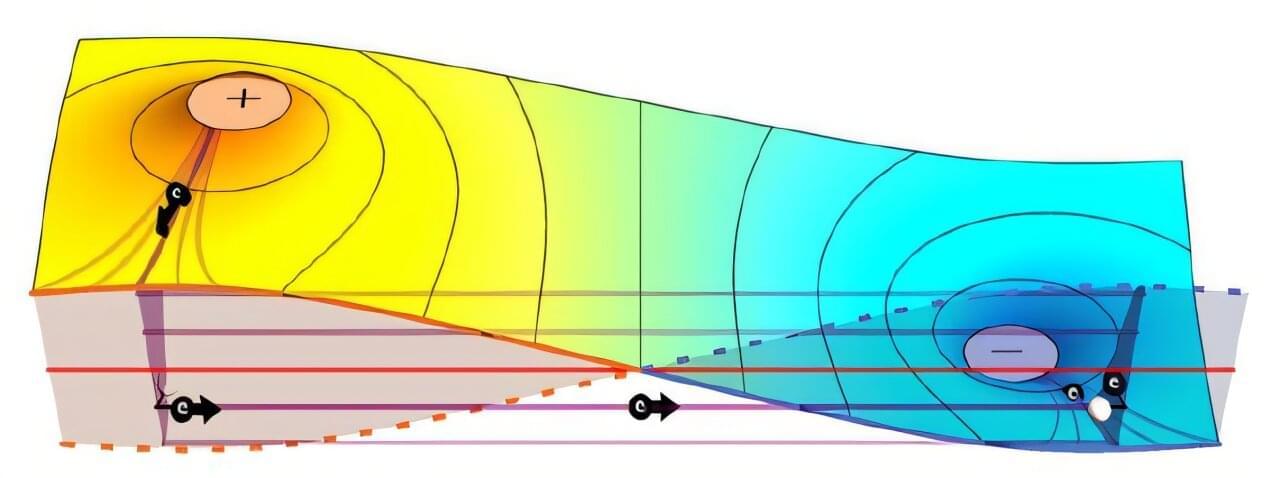A research team from Queen Mary University of London has discovered a new way to engineer thin films that can “tune” themselves much more effectively than existing materials, making them highly responsive and efficient.



The research, led by Zachary Sharp, a professor in UNM’s Department of Earth and Planetary Sciences, was recently published in the Proceedings of the National Academy of Sciences (PNAS). The study centers on horsetails, a family of hollow-stemmed plants that have survived on Earth for more than 400 million years.
The researchers found that water moving through these plants experiences such a powerful natural purification process that its oxygen isotope composition closely matches that of meteorites and other materials from beyond our planet.
“It’s a meter-high cylinder with a million holes in it, equally spaced. It’s an engineering marvel,” Sharp said. “You couldn’t create anything like this in a laboratory.”

In an ideal world, an AI model looking for new materials to build better batteries would be trained on millions or even hundreds of millions of data points.
But for emerging next-generation battery chemistries that don’t have decades of research behind them, waiting for new studies takes time the world doesn’t have.
“Each experiment takes up to weeks, months to get data points,” said University of Chicago Pritzker School of Molecular Engineering (UChicago PME) Schmidt AI in Science Postdoctoral Fellow Ritesh Kumar. “It’s just infeasible to wait until we have millions of data to train these models.”


Ballistic electrons are among the most fascinating phenomena in modern quantum materials. Unlike ordinary electrons, they do not scatter off imperfections in the material and therefore travel from A to B with almost no resistance—like a capsule in a pneumatic tube. This behavior often occurs in confined one- or two-dimensional materials.

Spinning crystals that twist, shatter, and rebuild themselves may hold the key to next-generation materials… Physicists have uncovered the fascinating world of “rotating crystals” — solids made of spinning particles that behave in strange, almost living ways. These odd materials can twist instead of stretch, shatter into fragments, and even reassemble themselves.

As someone who studies materials, Lu Li knows people want to hear about the exciting new applications and technologies his discoveries could enable. Sometimes, though, what he finds is just too weird or extreme to have any immediate use.
Working with an international team of researchers, Li has made one of those latter types of discoveries, detailed in Physical Review Letters.
“I would love to claim that there’s a great application, but my work keeps pushing that dream further away,” said Li, professor of physics at the University of Michigan. “But what we’ve found is still really bizarre and exciting.”

EPFL researchers have developed a method to calibrate electron spectrometers with extreme accuracy by linking microwave, optical, and free-electron frequencies.
Frequency is one of the most precisely measurable quantities in science. Thanks to optical frequency combs, tools that generate a series of equally spaced, precise frequencies like the teeth of a ruler, researchers can connect frequencies across the electromagnetic spectrum, from microwaves to optical light, enabling breakthroughs in timekeeping, spectroscopy, and navigation.
Electron energy-loss spectroscopy (EELS) is a powerful tool used to investigate the structure and properties of materials at the atomic level. It works by measuring how electrons lose energy as they pass through a sample. But although EELS provides excellent spatial resolution, its spectral resolution, the ability to measure energy precisely, has lagged behind optical methods.


This new NASA/ESA/CSA James Webb Space Telescope Picture of the Month features a cosmic creepy-crawly called NGC 6537—the Red Spider Nebula. Using its Near-InfraRed Camera (NIRCam), Webb has revealed never-before-seen details in this picturesque planetary nebula with a rich backdrop of thousands of stars.
Planetary nebulae like the Red Spider Nebula form when ordinary stars like the sun reach the end of their lives. After ballooning into cool red giants, these stars shed their outer layers and cast them into space, exposing their white-hot cores. Ultraviolet light from the central star ionizes the cast-off material, causing it to glow. The planetary nebula phase of a star’s life is as fleeting as it is beautiful, lasting only a few tens of thousands of years.
The central star of the Red Spider Nebula is visible in this image, glowing just brighter than the webs of dusty gas that surround it. The surprising nature of the nebula’s tremendously hot and luminous central star has been revealed by Webb’s NIRCam.